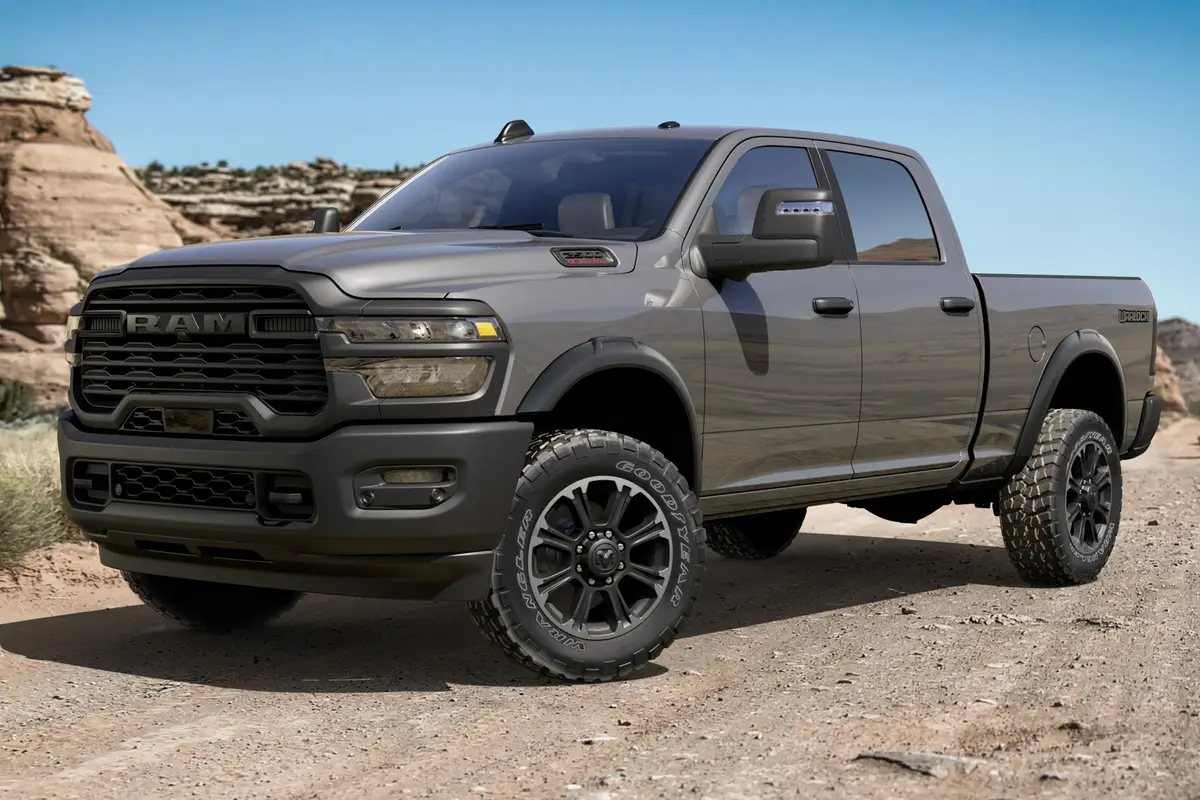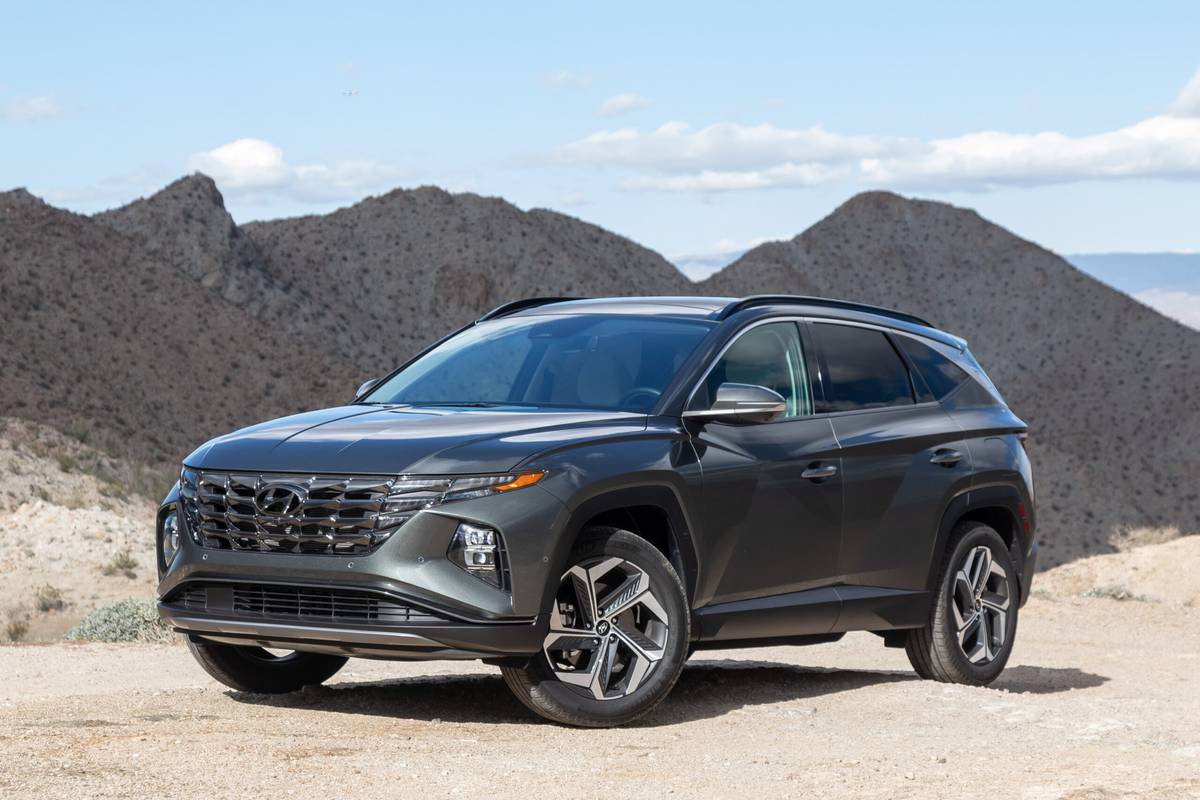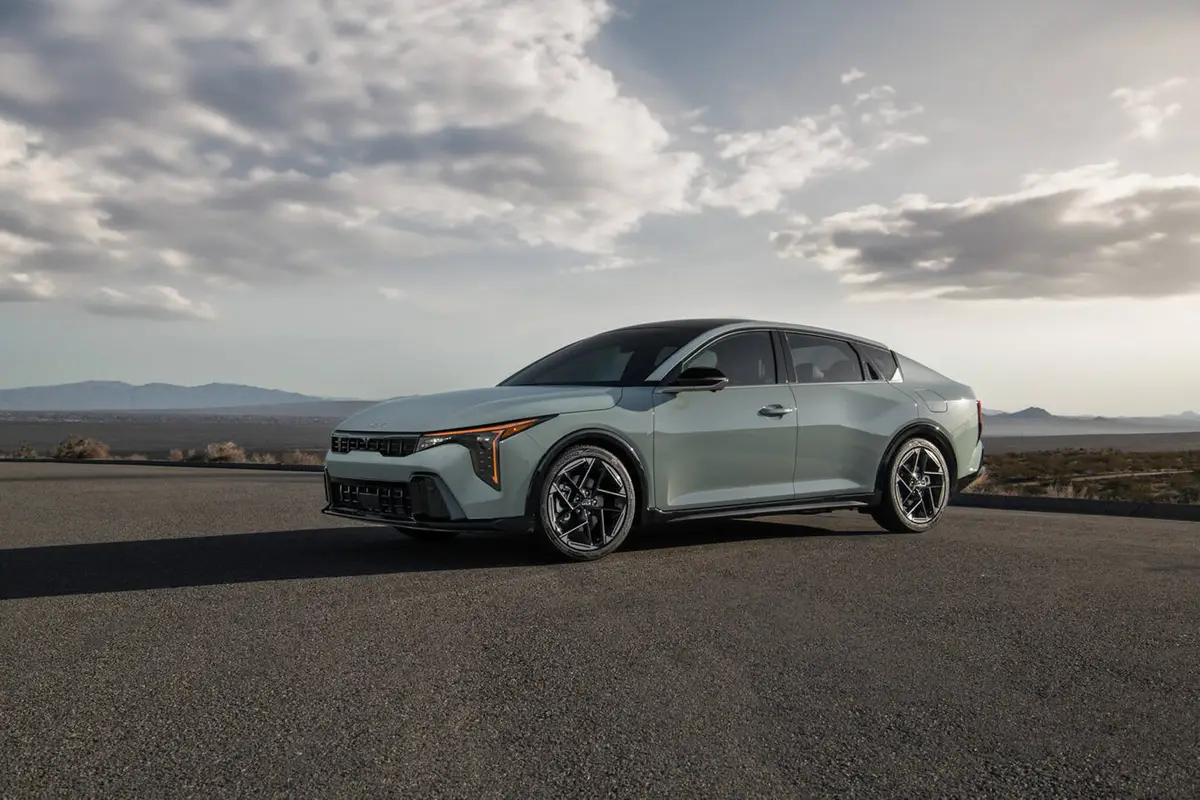Cincinnati.com's view
The Dodge Dakota pickup was introduced as a 1997 model; were it a car, it might be a bit over the hill by now, but given its more work-oriented mission and this year’s complete interior makeover, it’s merely maturing. The Dakota is classified as a compact pickup, but it’s appreciably larger than its primary competitors, the Toyota Tacoma, Nissan Frontier, Ford Ranger and Chevrolet S-10.
Start with wheelbase: Dakota’s is a limo-like 131 inches; the others range from 116 (Nissan) to 126 (Ford). Overall length of the Dakota is a garage-stuffing 215 inches, while the others range between 200 (Nissan) and 205 (Chevrolet). The extra length allowed Dodge as of last year to introduce a version with four full doors – unique in this segment – which it calls Quad Cab. This is what I tested, in the upscale SLT form.
The first thing, of course, was to try out the rear-seat accommodations. Dodge says the Quad can be configured as a six-passenger hauler, and I suppose it technically could, with front and rear bench seats, but it’s much more plausible as a four-place bus, even with the fold-down bench in the rear. Legroom in the rear was in somewhat short supply with the front seats arranged for the convenience of people six feet-plus, but I found I could get by back there fairly well with just minor concessions from up front, and the front still had room to spare.
The new interior is a major improvement over the rather cheap-looking predecessor, although it still doesn’t banish the notion you’re in a truck. The tester had the optional leather seating. The leather was soft and tactilely appealing, though without aroma. On a fairly extended trip I found that the seats, at first so appealingly soft, failed to provide the succor a tired back needs for long hauls. In typical short-trip truck service, they should do fine.
The Dakota is rated to tow up to 6,700 pounds with appropriate engine and chassis equipment, and can shoulder a load of slightly more than a ton (including passengers). The truck can be configured as a standard two-door, an extended cab, or the four-door, and can be had as a 2-wheel-drive or 4-wheel-drive, with an extensive range of powertrain options. Even in its most basic form, the Dakota with driver is a two-ton machine. So whom are they trying to kid by even offering the base engine, a 2.5-liter inline 4-cylinder? Its only value, in my view, is in allowing them to advertise an appealingly low price). Its 125 hp and 145 foot-pounds would prove disappointing.
A somewhat more reasonable choice, even for mere people-hauling work, would be the first step-up option, the 3.9-liter V-6. With an output of 175 horses and 225 foot-pounds, it could at least get out of its own way in most configurations. If you mean to do any kind of serious towing or people-transporting, you’ll appreciate that the Dakota – uniquely in its class – has two V-8 options.
The tester was equipped with the smaller, a 4.7-liter, 16-valve job of si ngle-overhead-cam construction. It is rated at 230 hp (@4,800 rpm) and 290 foot-pounds (@3,200). For maximal grunt, one could sign up for the old warrior, the 5.9-liter (360-cubic-inch) pushrod V-8. It develops 250 hp and an industrial-strength 345 foot-pounds. EPA estimates for that one, with 4WD, are 12 mpg city, 16 highway, while the 4.7 rates 14/18. If you’re towing anything bigger than a dinghy, the extra grunt might be worth the added thirst. Both V-8s are happy with regular gas. My tally, a mix of freeway and hilly-terrain work, with a light load, was 15.6 mpg.
The 4.7-liter engine did its best work beyond 3,000 rpm, as one might expect of a free-revving overhead-cammer. There was no redline, but 6,000 rpm seemed a reasonable upshift point in hot-and-heavy work. The tester was 4WD and equipped with the five-speed manual transmission. The 5.9 engine would be a better match for an automatic, I’d judge.
The five-speed, despite having a long, truck-style shift lever, chan gears quickly and easily, with impressive precision. The clutch was light enough to be quite tolerable in bumper-to-bumper tests of my patience.
Overall gearing was rather high – about 30 mph per 1,000 engine revs in fifth – and I found the engine ran out of steam on even moderate long grades if left in fifth. For speedy passing, dropping down to third was required.
Ride quality, overall, was quite good for a vehicle designed to be happiest with a bed full of work or play appurtenances. There was little hip-hop over broken pavement even without any ballast, and on the freeway, that extended wheelbase provided a stable platform under most circumstances.
The interior was sedan-quiet at legal cruising speeds, although the V-8 emitted appropriately growly sounds when pushed hard. (An R/T series is available in regular and club cab configurations, featuring brassier bodywork and a sportier muffler for exhibitionists.)
Despite having what I would consider merely adequate-sized tires (235/75/15), the Dakota had impressive grip and creditable handling on pavement both wet and dry. A “4WD tire and handling group” affords 265/70 rubber on 16-inch wheels, while a similar 2WD package brings 265/65s, also on 16-inch rims. I wouldn’t hesitate a second to check off that option.
The brakes on the Dakota seemed a little soft from the pedal aspect, but nonetheless produced impressively short stops with little fuss, even when the antilock function was called upon.
The 4WD system is of the part-time sort, used only in low-traction conditions. As of the 2001 model year, it is actuated by a knob conveniently located on the dash, and will kick in even at cruising speeds, if necessary. I found it engaged unusually fast, with only a small clunk. A diagram amid the instruments shows it’s operating. Low range is accessed with a few more degrees’ turning of the knob, but must take place – as in normally the case – with the truck stopped, transmission in neutral.
The low range provides a multiplication factor of 2.72:1, which should suffice for most any stump. Both that and the minimum 8.4-inch ground clearance commend the Dakota for fairly serious off-road work.
Oil-pressure and voltage gauges complement the usual four instruments, and all are well-placed and quite legible.
The stereo and air-conditioning controls are also situated conveniently. The one big ergonomic gaffe that constantly distressed me was the mis-location of the release for the step-on style parking brake. It’s hidden way under the dash to the left of the steering wheel. A pull-up lever would be far better anyway, especially with a manual transmission.
The stereo on my SLT represented two steps up from the basic AM-FM-cassette unit. In addition to a CD player, it had a 120-watt amplifier, 8 Infinity speakers and a three-band equalizer. Overall sound quality, I thought, was only so-so and FM sensitivity was about average. Definitely a try-before-you-buy opti on.
The Feds crash-tested a 4-door Dakota and gave it a 4-star rating for protection of driver and navigator in a frontal 30-mph crash, and the maximal 5-star rating for side-impact protection of occupants front and rear.
The Insurance Institute, in its much more rigorous 40-mph frontal-offset crash test, called the Dakota poor, its worst rating, based on hypothetically severe head injuries suffered by the crash-test dummy. The Toyota Tacoma was the class leader in this test.
I did not get a window sticker for this vehicle. Base price on a Quad Cab 4WD is $22,955, delivered. I estimate a final price of $27,795 on the tester, which had such big-hit options as air-conditioning and leather.
Part of the “Gannett News Service”
Latest news



